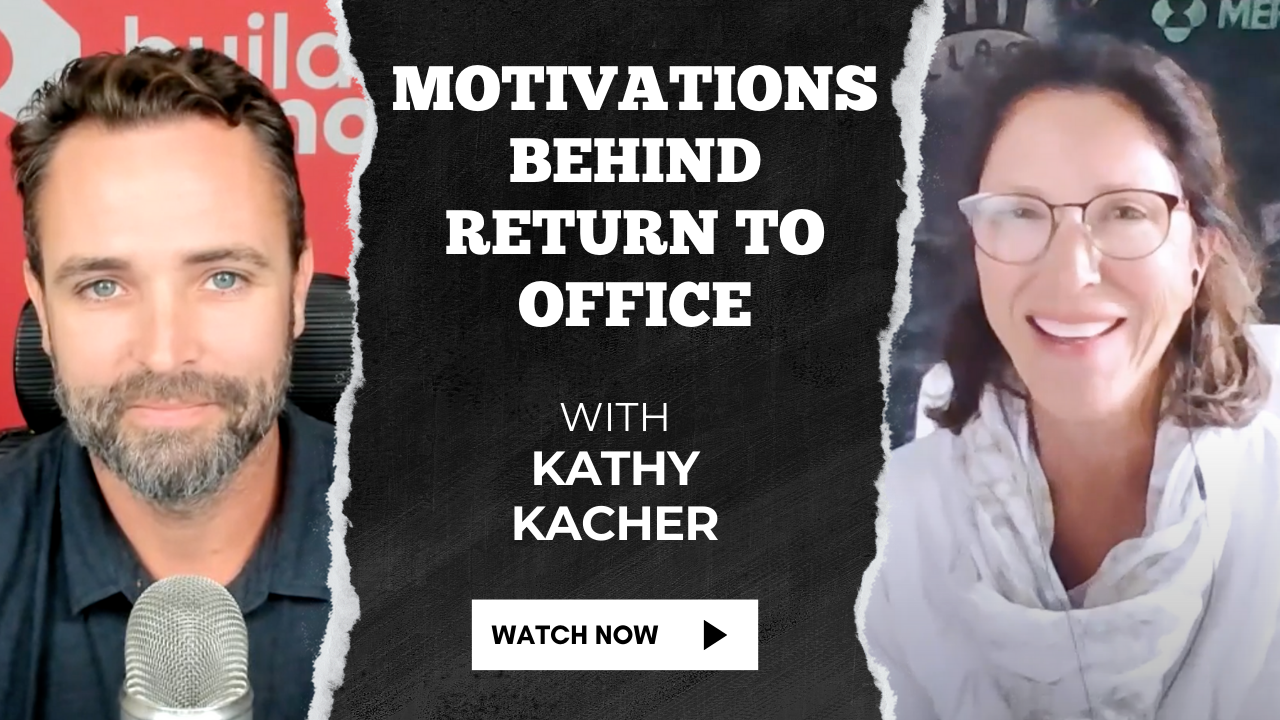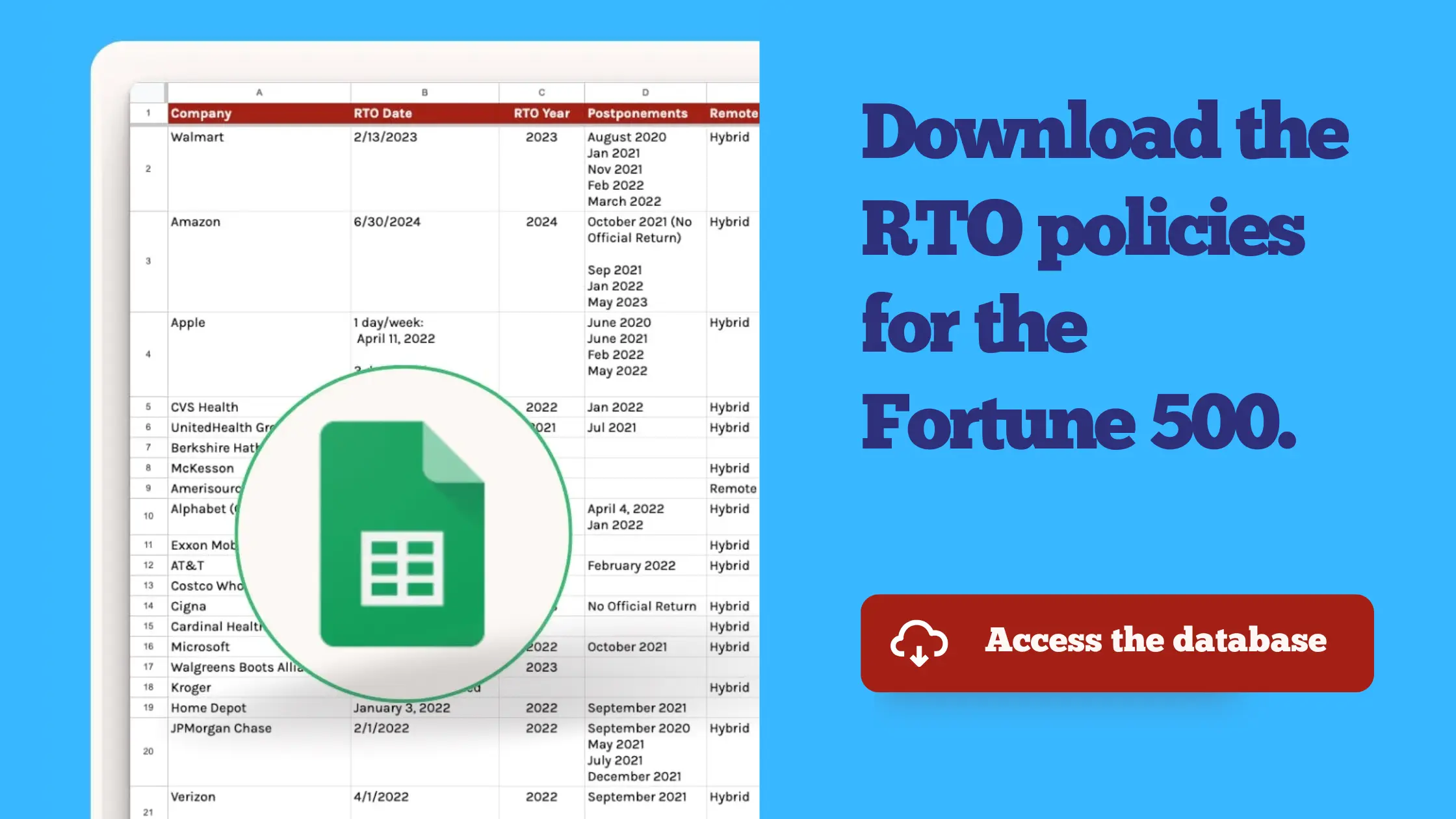The Motivations Behind Return To Office With Kathy Kacher [VIDEO]
I’m joined today by Kathy Kacher, the president of Career/Life Alliance Services and co-founder of The SMART Workplace.
Kathy is an expert in workforce transformation and has helped numerous companies with post-pandemic plans, return-to-office plans, and implementing a hybrid work model.
Below, you’ll find some key takeways that Kathy shared in answering each question. The takeaways were created by ChatGPT based on the written transcript of the interview.
Current Return To Office (RTO) Trends
- Some companies are mandating RTO, which some headlines describe as “layoffs in disguise.”
- Due to certain RTO mandates, some individuals are selling their homes, sometimes even at a loss, to return to the office.
- Downtown areas in many cities are still feeling empty, indicating that full return is not yet realized
Initial RTO Plans & Regrets
- Research from Envoy showed 80% of bosses regretted their initial RTO decisions, and Kathy thought this figure could be even higher.
- Main mistakes made:
- Implementing RTO too soon.
- Frequent starts and stops which led to employee disengagement and distrust towards leadership.
- Not understanding that people got a taste of flexibility with remote work and liked it.
The Gap Between Management & Employees
- Both parties value control but in different contexts:
- Employees value control over personal time, work schedule, and location.
- Management values control over employee whereabouts and schedules.
- To bridge this gap, leadership needs to stop commanding and start listening, adopting a more servant-leadership approach.
- A significant barrier is trust; there’s currently a breach of trust between various levels within organizations.
Why Executive Teams Want Employees In The Office
- Traditional Mindset: Comfort in what was known and established.
- Real Estate Investments: Companies have significant investments in office spaces and long lease terms.
- Belief in Face-to-Face Collaboration: Many believe that physical presence aids in collaboration, though there’s no conclusive science backing this.
- Value in Spontaneity: Some leaders believe in the magic of spontaneous conversations in hallways, which they think contribute significantly to the company’s culture.
View All Return To Office Plans For The Fortune 500
Every month, we update every Fortune 500 company’s return-to-office policy. You can download the Fortune 500 RTO spreadsheet below.


